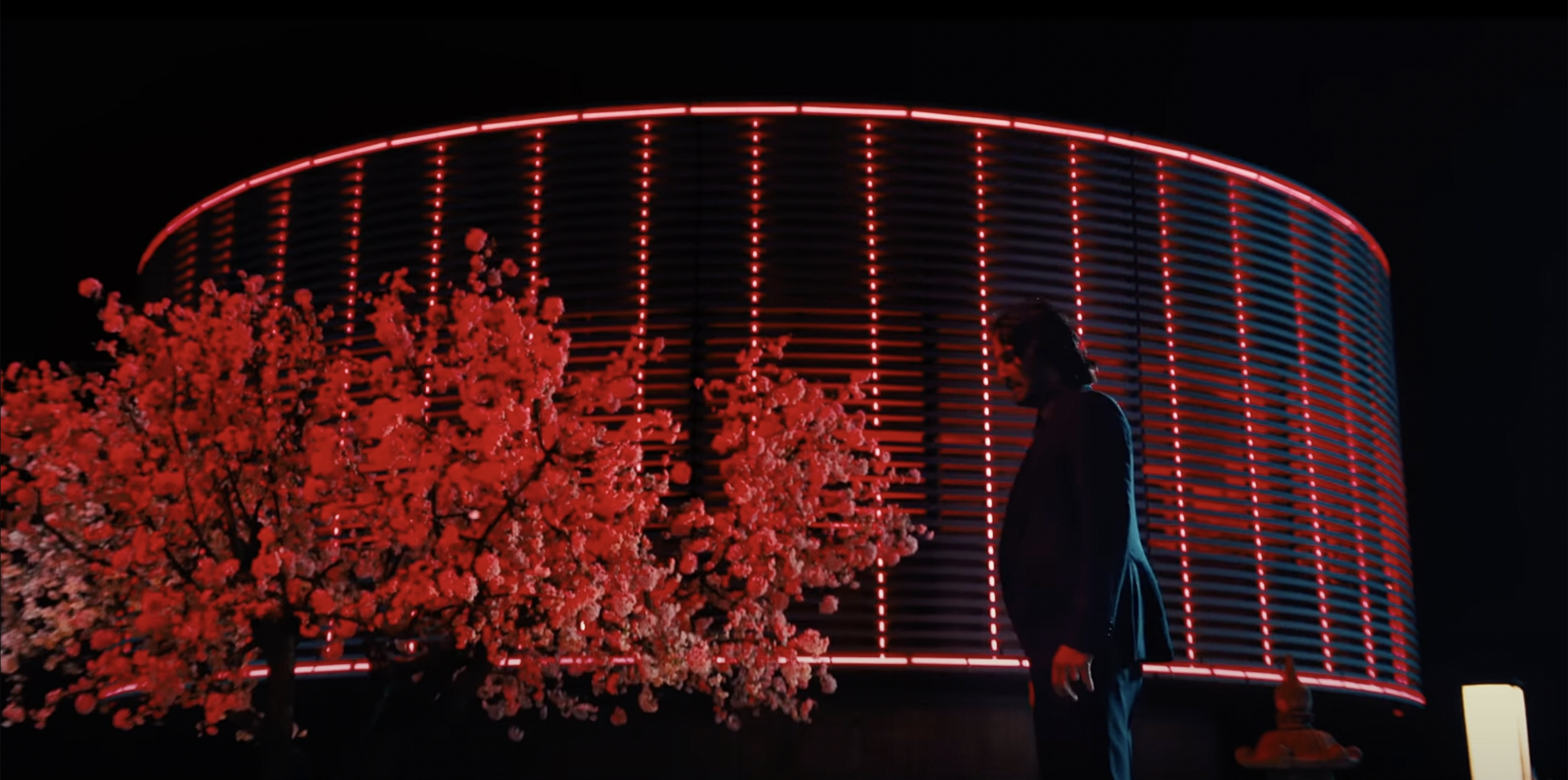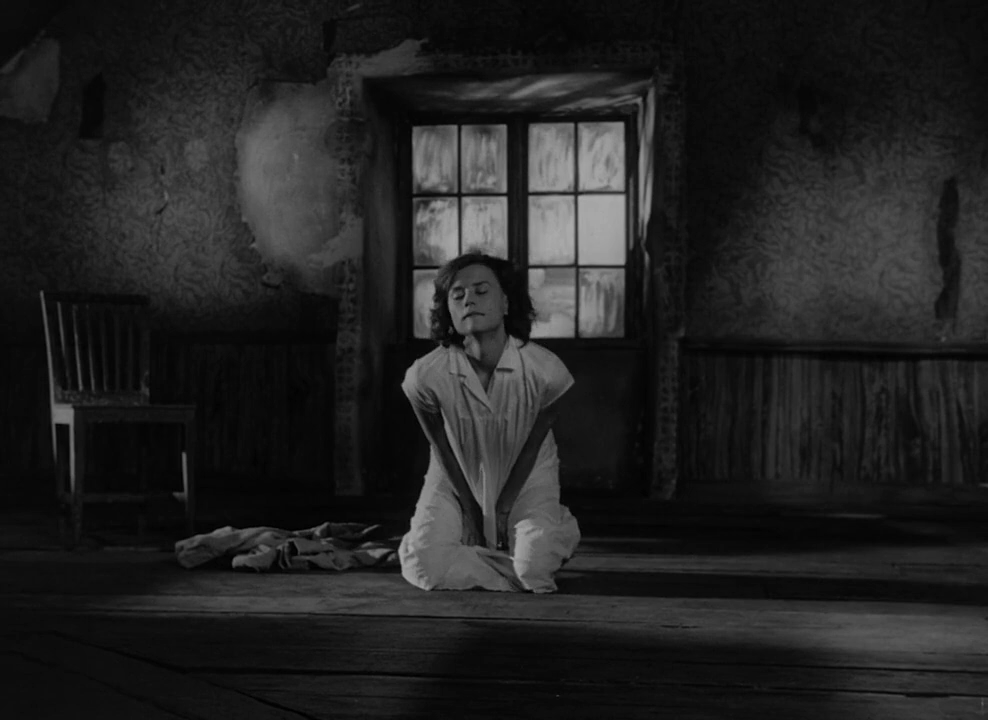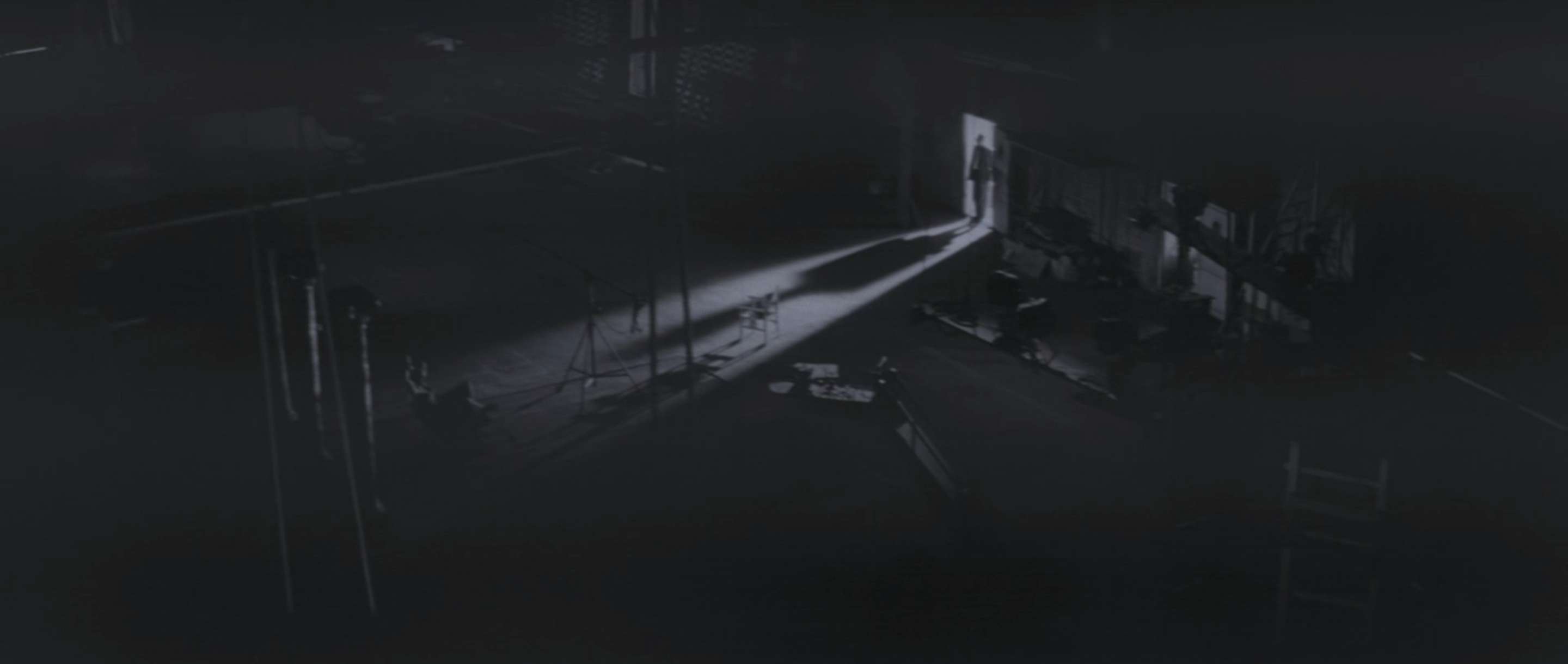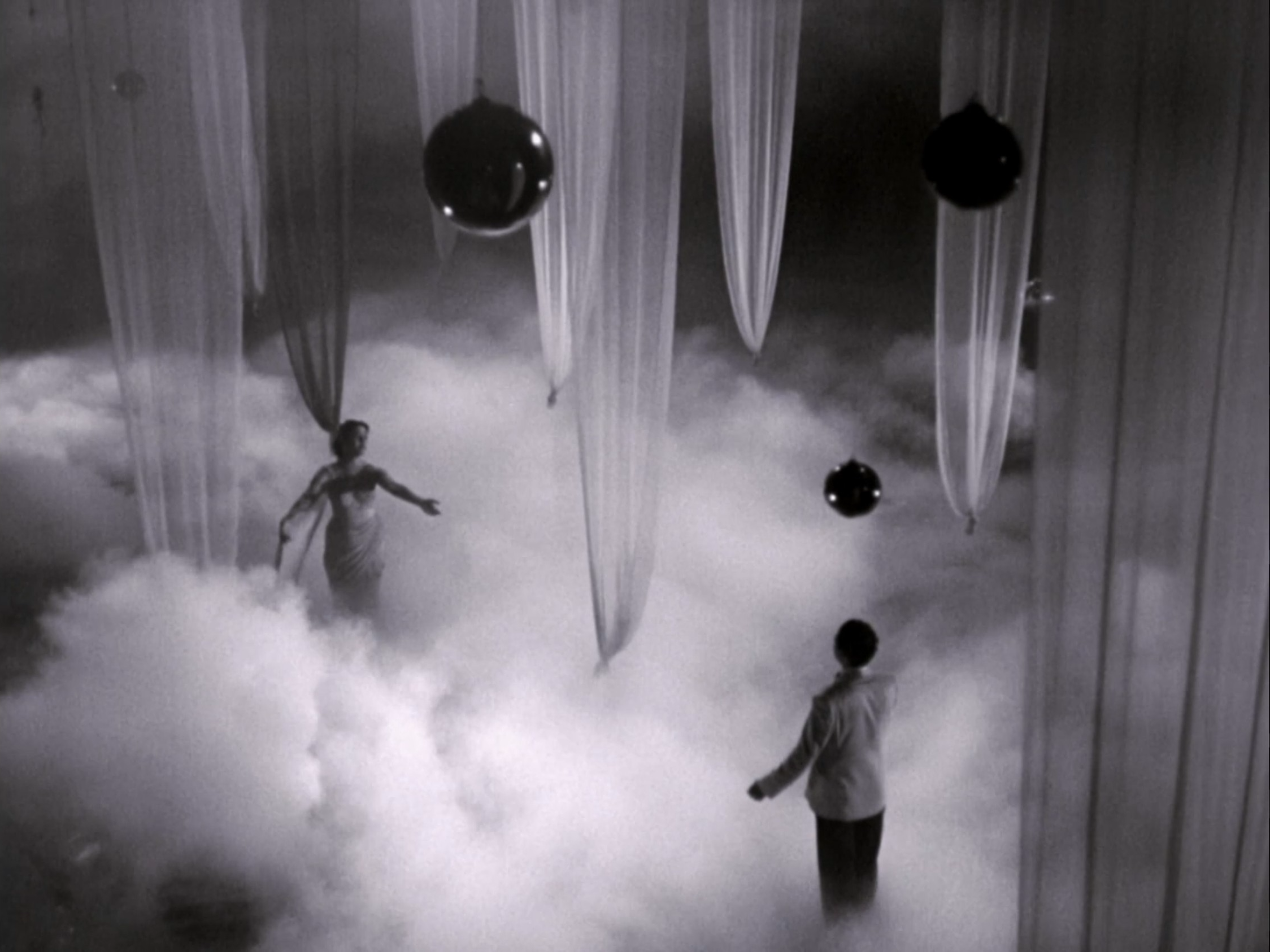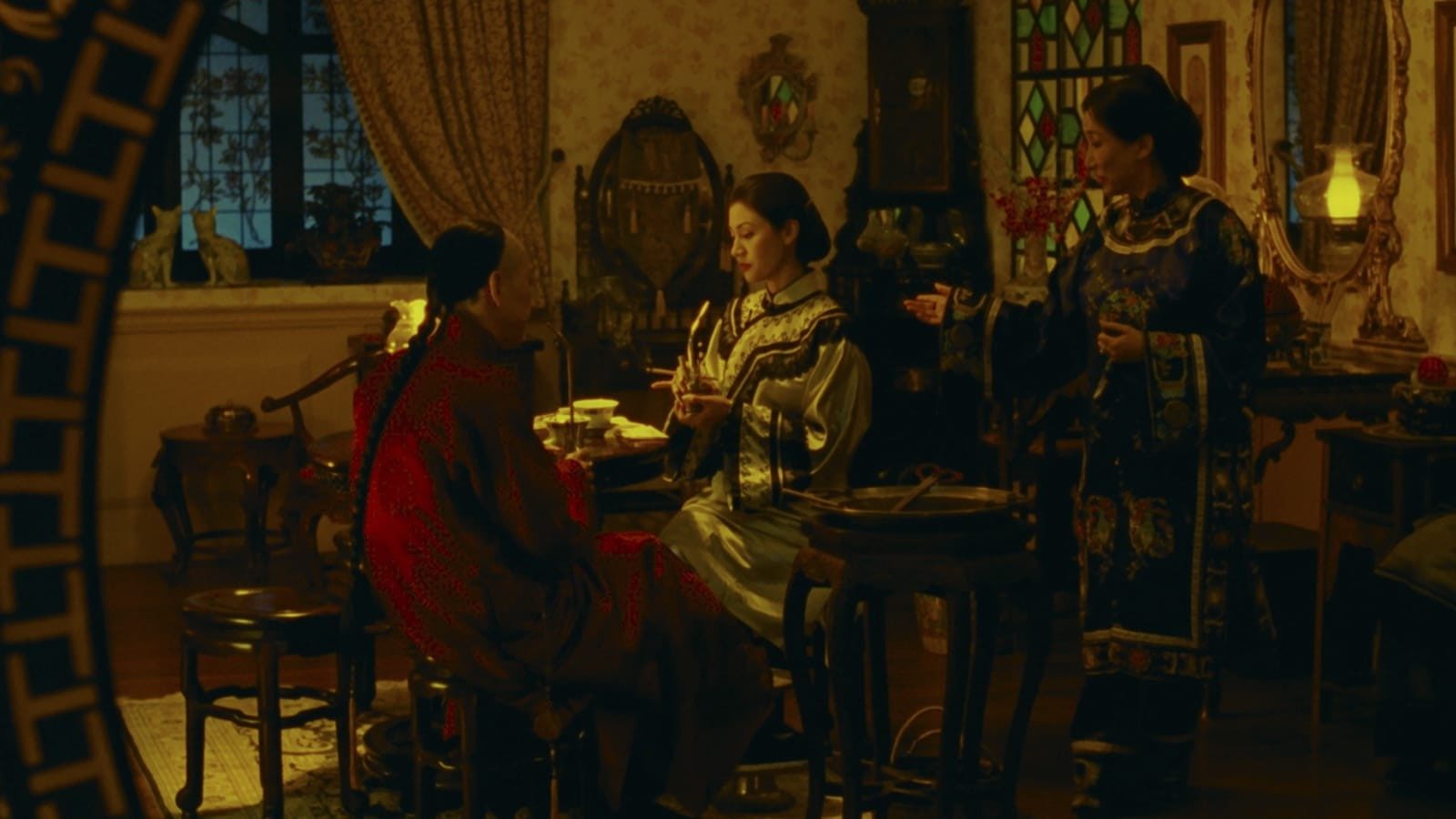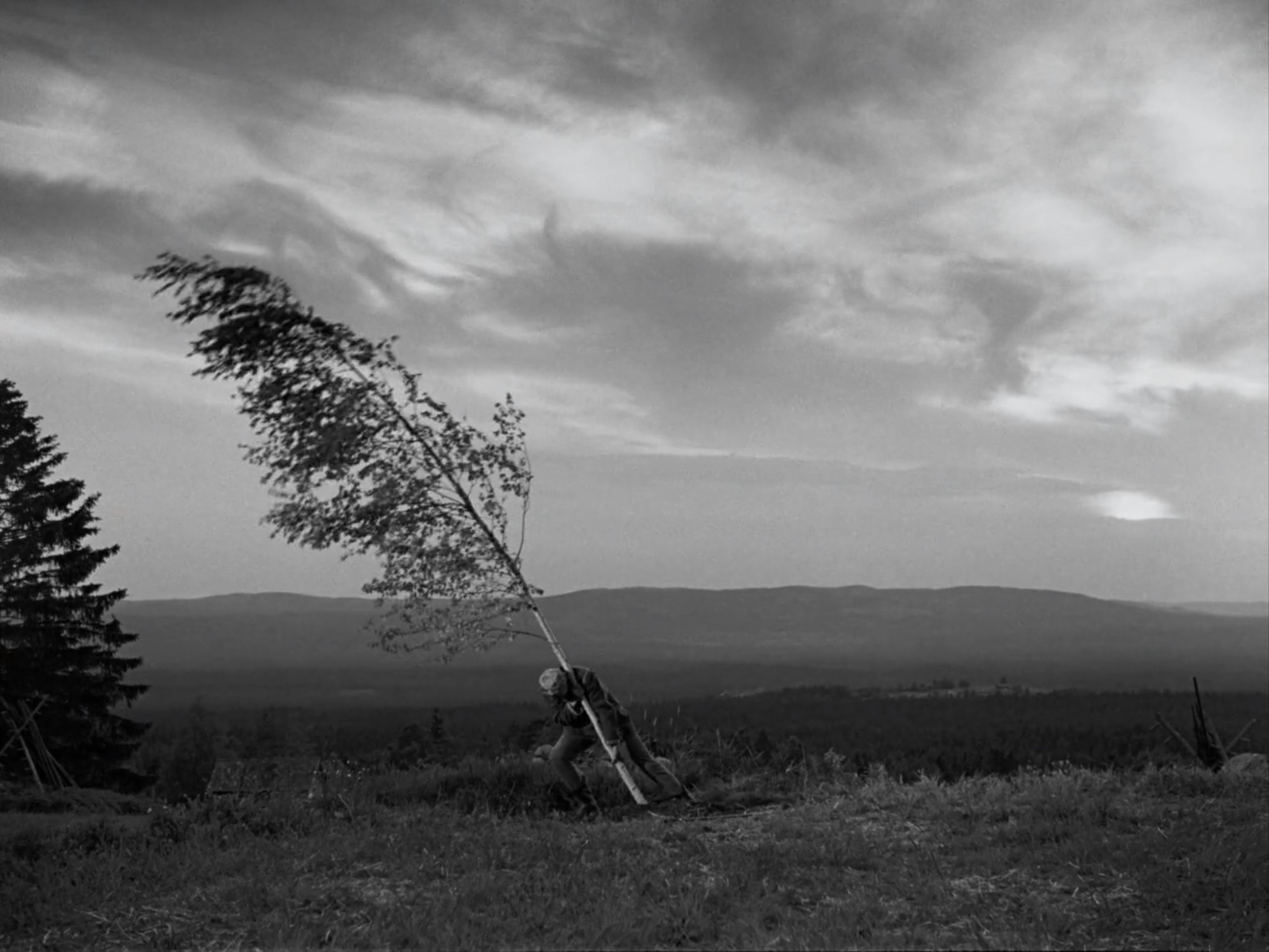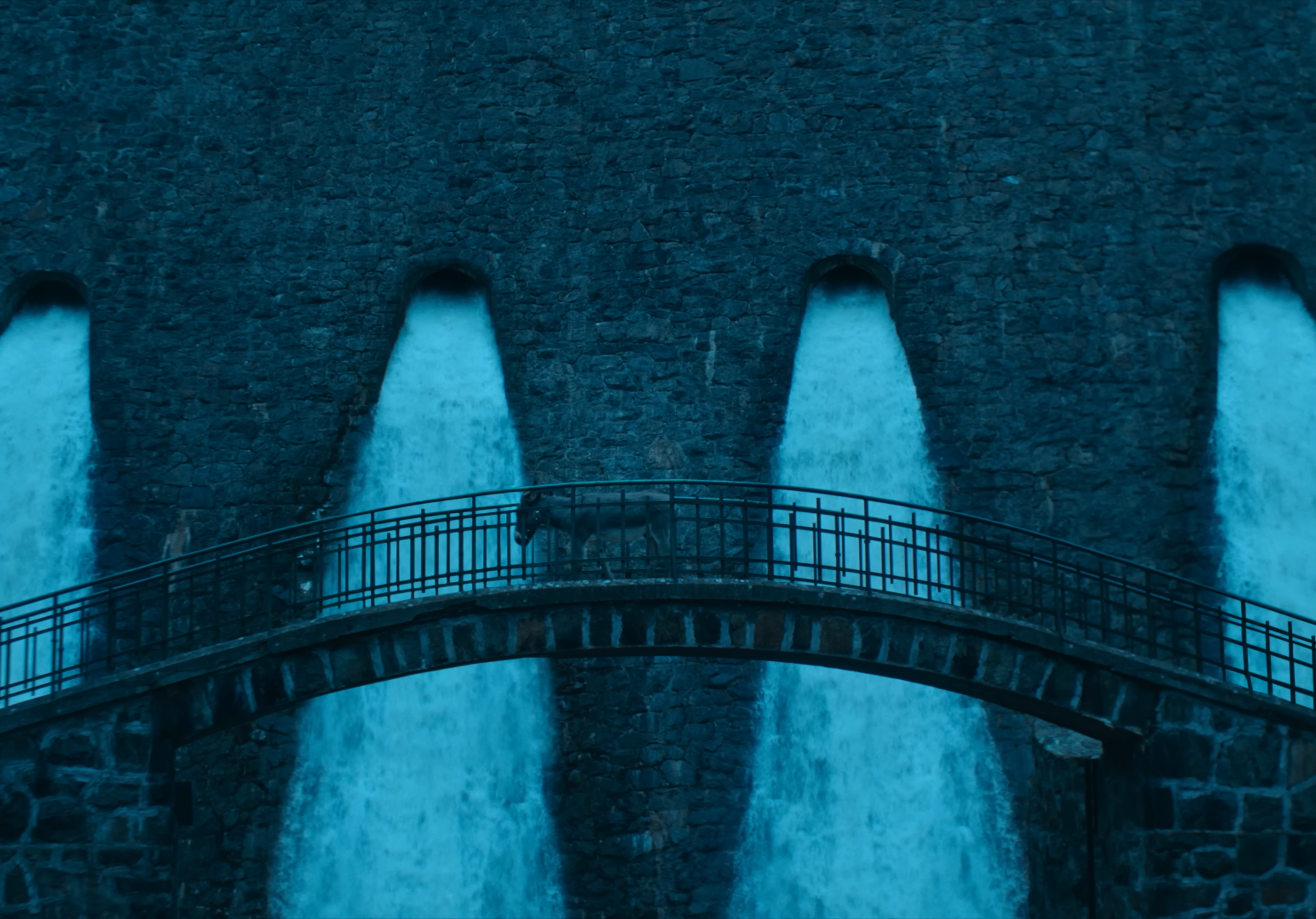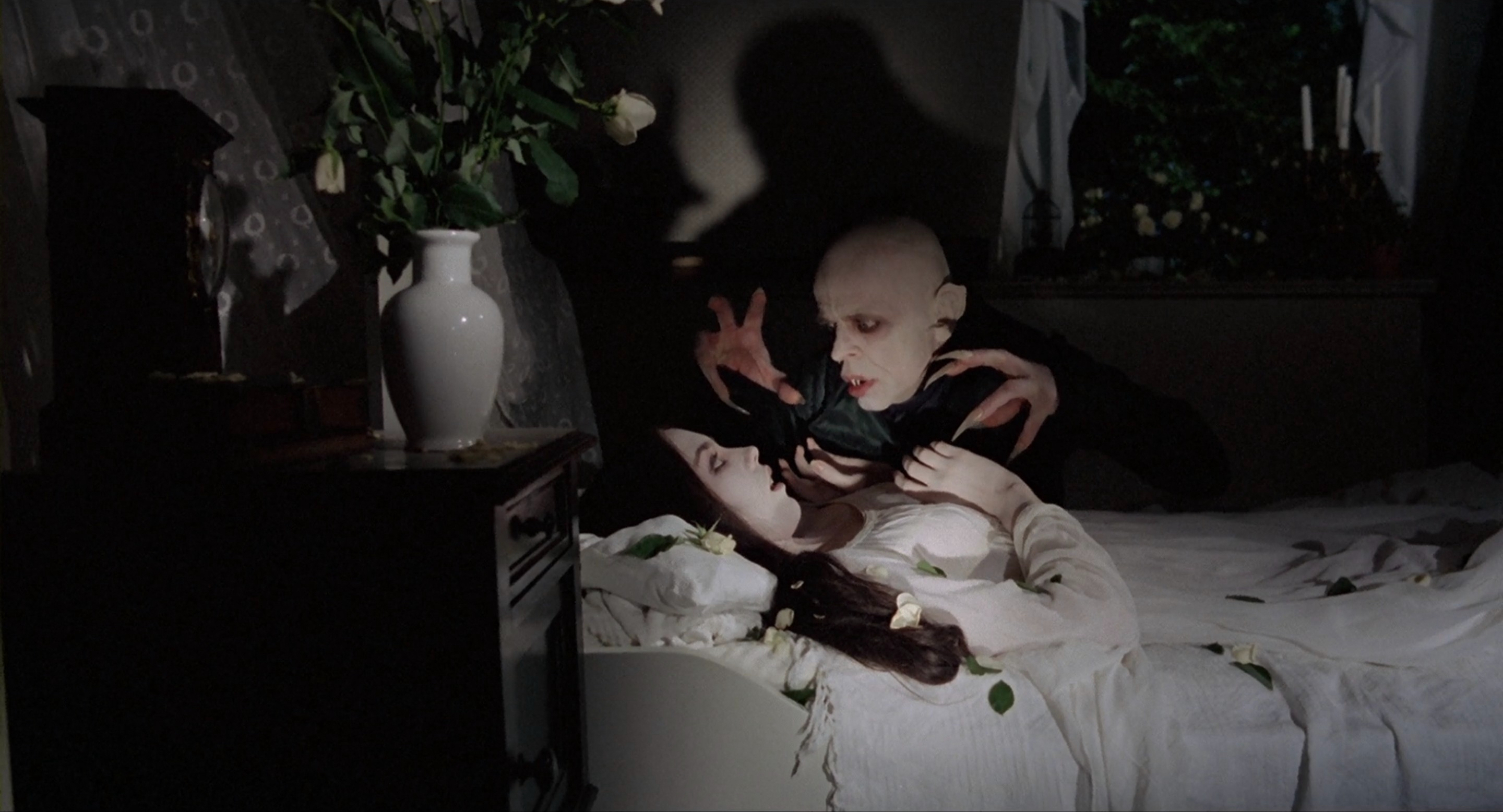John Wick: Chapter 4 (2023)
With its staggering set pieces and consequential narrative stakes, John Wick: Chapter 4 ends this series on a majestic cinematic high, not just confirming Chad Stahelski’s well-earned position among our great modern action directors, but also his talents as a storyteller communicating through striking theological symbolism.

